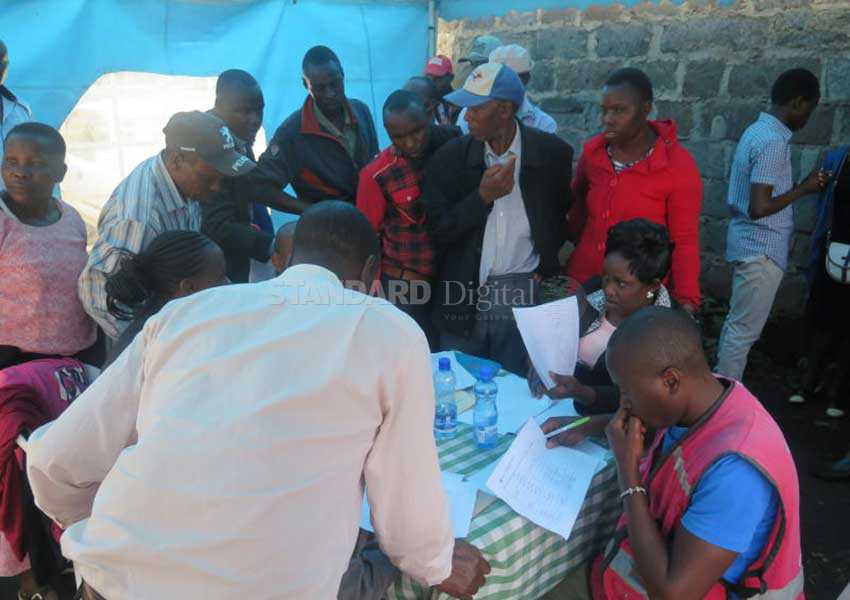
An autopsy (also known as a postmortem examination or necropsy) is the examination of the body of a dead person and is performed primarily to determine the cause of death, to identify or characterise the extent of disease states that the person may have had, or to determine whether a particular medical or surgical treatment has been effective.
According to mortician Chebi Subisiso, postmortem cases differ depending on the need. Some families simply want to find out the cause of death of their relative while other cases, it is mandatory.